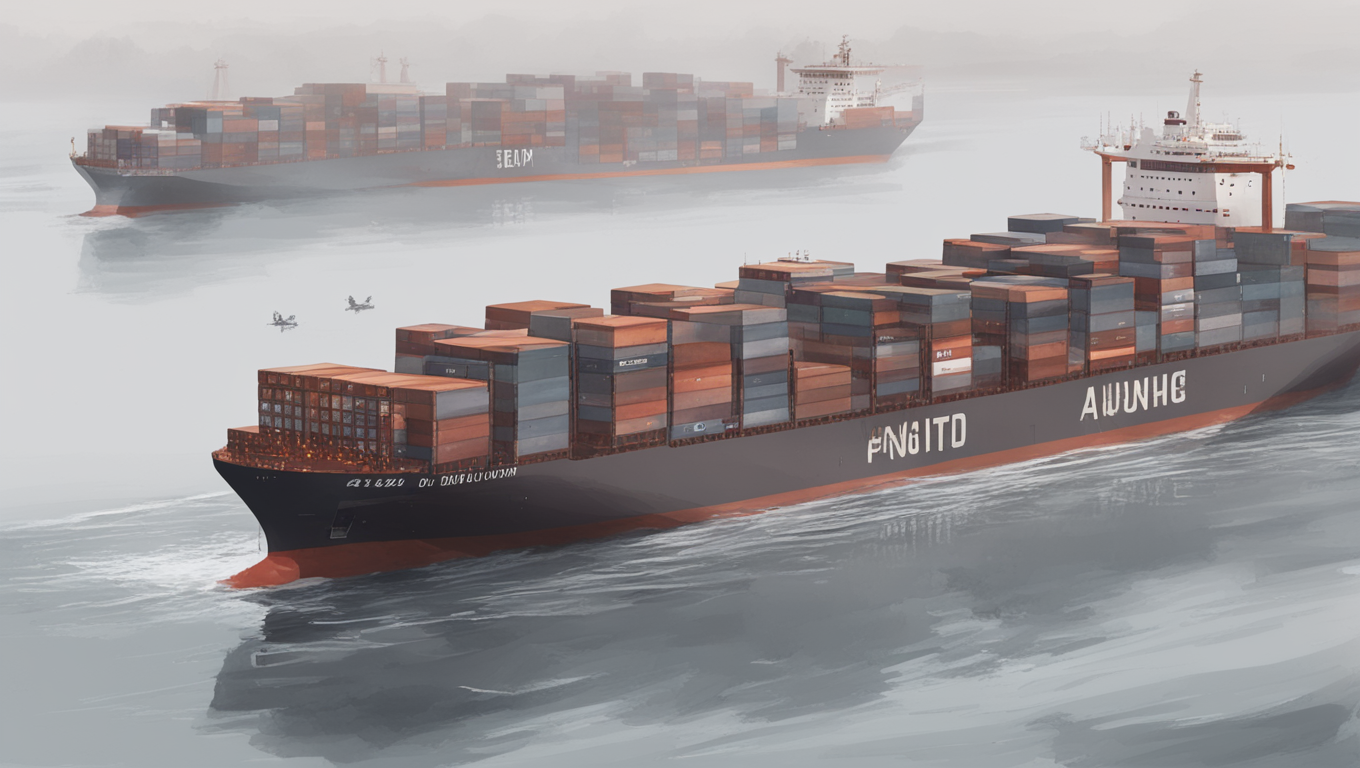China is embarking on a revolutionary project to transform its waterway transport system using artificial intelligence (AI) and other digital technologies. With the aim of improving efficiency and sustainability, the Ministry of Transport has unveiled a plan to implement smart technologies like 5G, big data, and AI across major ports and waterways by 2027. This move is part of China’s strategy to boost competitiveness in shipping and reduce reliance on road transport, which generates significantly higher carbon dioxide emissions compared to waterway transport.
To make China’s ports more intelligent, the ministry plans to automate workflows by expanding the use of technologies such as autonomous vehicles, driverless container trucks, and remote-controlled infrastructure. They also aim to build a digital network for the country’s inland waterways and major coastal ports, like Shanghai, Dalian, and Tianjin. Smart technologies will be deployed in maintenance and shipping operations, with drones and unstaffed ships patrolling waterways and a geographic information system and the Internet of Things helping to digitalize docks and channels. Furthermore, ports and waterways will implement more new energy resources and devices in their development.
China’s focus on optimizing its waterway transport system is driven by the numerous advantages it offers compared to road and rail transport. Water transport is cheaper, produces less pollution, has less traffic congestion, and is safer. Dong Yang, an associate professor at the Hong Kong Polytechnic University specializing in shipping and logistics, explains, “That is why China has worked for years to develop it, and using artificial intelligence to improve decision making is one necessary step forward.”
This push towards digitalization and sustainability aligns with Beijing’s broader efforts to transition to higher-value supply chains and reduce its reliance on traditional manufacturing. By leveraging advanced technologies like AI, China aims to increase the efficiency of its waterway transport system and make it more environmentally friendly. In fact, the International Transport Forum states that road freight transport can generate 100 times the carbon dioxide emissions compared to waterway transport carrying the same cargo and distance.
China’s investment in waterway transport has been steadily increasing over the years. Since the Ministry of Transport published its 14th Five-Year Plan for Waterway Transport in 2019, national fixed-asset investment in waterway transport has grown by an average of 12.5% annually. In the first 10 months of this year alone, combined fixed-asset investment in China’s road and waterway transport networks reached 2.57 trillion yuan (US$361.4 billion), with waterway investment experiencing a significant year-on-year increase of 25.8%.
By embracing AI and other smart technologies, China aims to modernize its waterway transport system, enhance competitiveness in the shipping industry, and reduce environmental impact. This ambitious plan showcases China’s commitment to digitalization and sustainability and sets the stage for a more efficient and eco-friendly future in the realm of water transportation.





Use the share button below if you liked it.